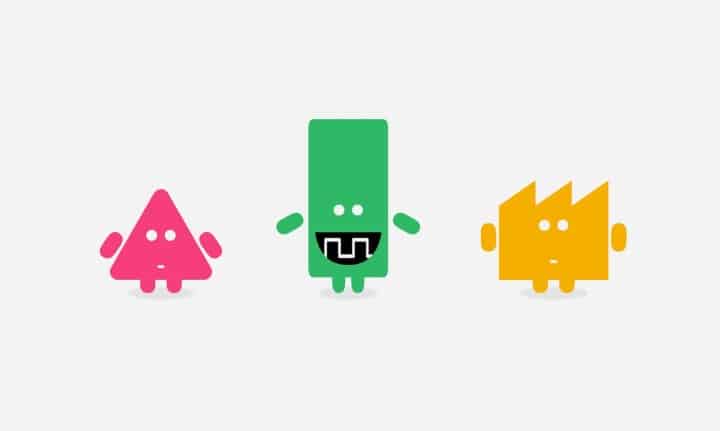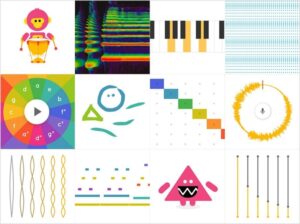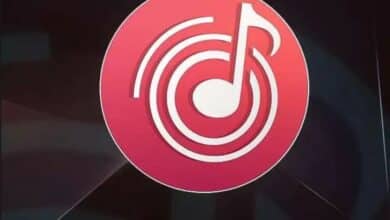Chrome Music Lab: A Comprehensive Guide to Exploring Music

In the ever-evolving digital world, music education has transformed dramatically. Gone are the days when one had to rely solely on traditional instruments or expensive software to explore musical creativity. Today, technology offers accessible, interactive platforms that make learning about music easier and more enjoyable. One such platform is Chrome Music Lab, an innovative online tool created by Google that allows users to explore and experiment with the fundamentals of music in an interactive and engaging way. Whether you are a beginner, a teacher, or a seasoned musician, Chrome Music Lab offers endless opportunities to discover new concepts in sound, rhythm, and melody.

What is Chrome Music Lab?
Chrome Music Lab is a free, web-based platform developed by Google, designed to make music more accessible through a series of interactive experiments. Each experiment focuses on a different aspect of music theory, such as rhythm, sound waves, melody, and harmony. It provides a user-friendly interface that requires no prior musical knowledge, making it an excellent resource for beginners. At the same time, it offers enough depth for those with more advanced knowledge of music.
With Chrome Music Lab, users can explore sound in a creative and intuitive manner, whether they are composing a song, visualizing sound waves, or learning how different musical elements come together. The platform is designed to work on any modern web browser, so all you need is an internet connection to get started.
Features of Chrome Music Lab
Chrome Music Lab boasts a variety of features that cater to different aspects of music. Each experiment offers an interactive way to engage with music, helping users build a deeper understanding of the musical concepts involved. Below are some of the most popular experiments that Chrome Music Lab offers:
1. Song Maker
The Song Maker experiment is one of the most popular tools on Chrome Music Lab. It allows users to create simple songs by arranging notes on a grid. Users can choose between various instruments, including pianos, drums, and synthesizers, and adjust the tempo and rhythm. This experiment is perfect for beginners who want to experiment with melodies and rhythms without needing to know how to read music. The visual interface makes it easy to place notes and hear them come together in real time, offering a fun and hands-on way to explore musical composition.
2. Rhythm
Rhythm is an experiment that focuses on the foundational element of rhythm in music. It allows users to practice tapping and recognizing different rhythmic patterns. By adjusting the speed and experimenting with various time signatures, users can better understand the relationship between rhythm, beats, and musical structure. Whether you’re new to rhythm or a seasoned musician, this experiment offers a fun way to hone your timing and syncopation skills.
3. Melody Maker
The Melody Maker tool allows users to create and explore melodies by choosing notes in different scales. You can experiment with various intervals and sequences to learn how different combinations of notes sound together. This experiment offers a simple way to understand the concept of melody while providing instant feedback so you can experiment with your ideas. It’s a great tool for beginners and intermediate musicians who want to create their own melodies.
4. Spectrogram
The Spectrogram experiment visualizes sound waves, showing users the frequencies, pitches, and amplitudes that make up different sounds. The tool generates a colorful display that represents sound visually, making it easier to understand how sound behaves. This experiment is a great educational tool for those interested in sound engineering, music production, or simply understanding the science of sound. By experimenting with different sounds, users can learn how different frequencies interact to form a piece of music.
5. Harmonizer
The Harmonizer experiment allows users to explore harmonies by layering sounds on top of each other. After singing or playing a melody, the tool automatically generates harmonies to complement the original tune. This feature is ideal for musicians who want to learn more about harmony and chord progressions, and it can be an excellent resource for composers and vocalists looking to experiment with different harmonizations.
6. Chords
The Chords experiment is a great way to dive into the basics of harmony and chord progression. Users can select different types of chords, such as major, minor, and diminished chords, and hear how they sound. This experiment offers a deeper understanding of how chords work in different musical contexts and helps users learn how to create chord progressions.
7. Sound Waves
The Sound Waves experiment is a fun and educational tool that helps users understand how different waveforms, such as sine, square, and sawtooth waves, affect sound. The experiment shows users how the frequency and shape of a waveform contribute to the timbre or quality of a sound. This experiment is ideal for those interested in sound synthesis or audio engineering.
8. Piano
The Piano experiment gives users access to a virtual piano right in their web browser. It’s an excellent tool for beginners looking to learn basic piano skills or experiment with simple melodies. The piano keys are clearly labeled, making it easy to identify each note and play along with a melody. You can use the piano experiment to practice playing scales, arpeggios, and simple songs.
9. Voice Spinner
The Voice Spinner experiment allows you to manipulate a recorded voice by changing its speed and pitch. You can experiment with how changing these variables affects the sound of the voice, creating interesting vocal effects. This tool is perfect for sound designers, musicians, and anyone interested in experimenting with vocal manipulation.
Educational Benefits of Chrome Music Lab
Chrome Music Lab is not just a fun tool; it’s an incredibly effective learning resource that can enhance the educational experience for both students and teachers. Here are some of the key benefits of using Chrome Music Lab for music education:
1. Accessibility and Convenience
Chrome Music Lab is entirely free and accessible via any modern web browser. Users don’t need to download any software or buy expensive instruments to start learning about music. This makes it an ideal resource for students, educators, and hobbyists who may not have access to traditional music resources or equipment.
2. Interactive Learning
The interactive nature of Chrome Music Lab makes it an engaging learning tool. Users actively participate in the creation of music rather than passively consuming information. This hands-on approach helps users develop a deeper understanding of music theory and allows them to experiment with concepts in real time.
3. Supports Different Learning Styles
Chrome Music Lab caters to both auditory and visual learners. Some experiments, like the Spectrogram, focus on the visual representation of sound, while others, like Melody Maker, focus on auditory exploration. This versatility ensures that the platform can be helpful for a variety of learning styles.
4. Encourages Creativity
The platform encourages users to experiment with different sounds, rhythms, and melodies. This fosters creativity and allows users to develop their musical ideas without the fear of making mistakes. The ability to experiment freely encourages students to explore and expand their musical knowledge in a way that traditional learning methods may not.
5. Perfect for All Skill Levels
Chrome Music Lab is designed to be user-friendly and accessible to people of all ages and skill levels. Beginners can start by experimenting with simple tools like Song Maker and Rhythm, while more advanced users can dive into the more technical experiments, such as Spectrogram and Sound Waves.
How to Get Started with Chrome Music Lab
Getting started with Chrome Music Lab is easy. Follow these simple steps to begin your musical journey:
- Visit the Website: Go to Chrome Music Lab’s website.
- Select an Experiment: Browse through the available experiments and choose one to explore.
- Start Creating: Begin interacting with the experiment by adjusting settings, playing notes, and experimenting with different sounds.
- Learn and Share: As you experiment, you’ll learn more about music. You can also share your creations with others or use them as inspiration for future projects.
Conclusion
Chrome Music Lab is a groundbreaking platform that allows users of all skill levels to explore and experiment with music in an engaging and educational way. With its range of interactive tools and experiments, Chrome Music Lab makes learning about music fun, accessible, and creative. Whether you’re a beginner just starting to learn the basics of music or an experienced musician looking for new ways to experiment, Chrome Music Lab is an invaluable resource for anyone interested in the world of music.
By combining technology with creativity, Chrome Music Lab offers a dynamic and engaging way to explore sound, rhythm, and melody. It’s an educational tool that fosters creativity and helps users deepen their understanding of music theory while having fun in the process.



